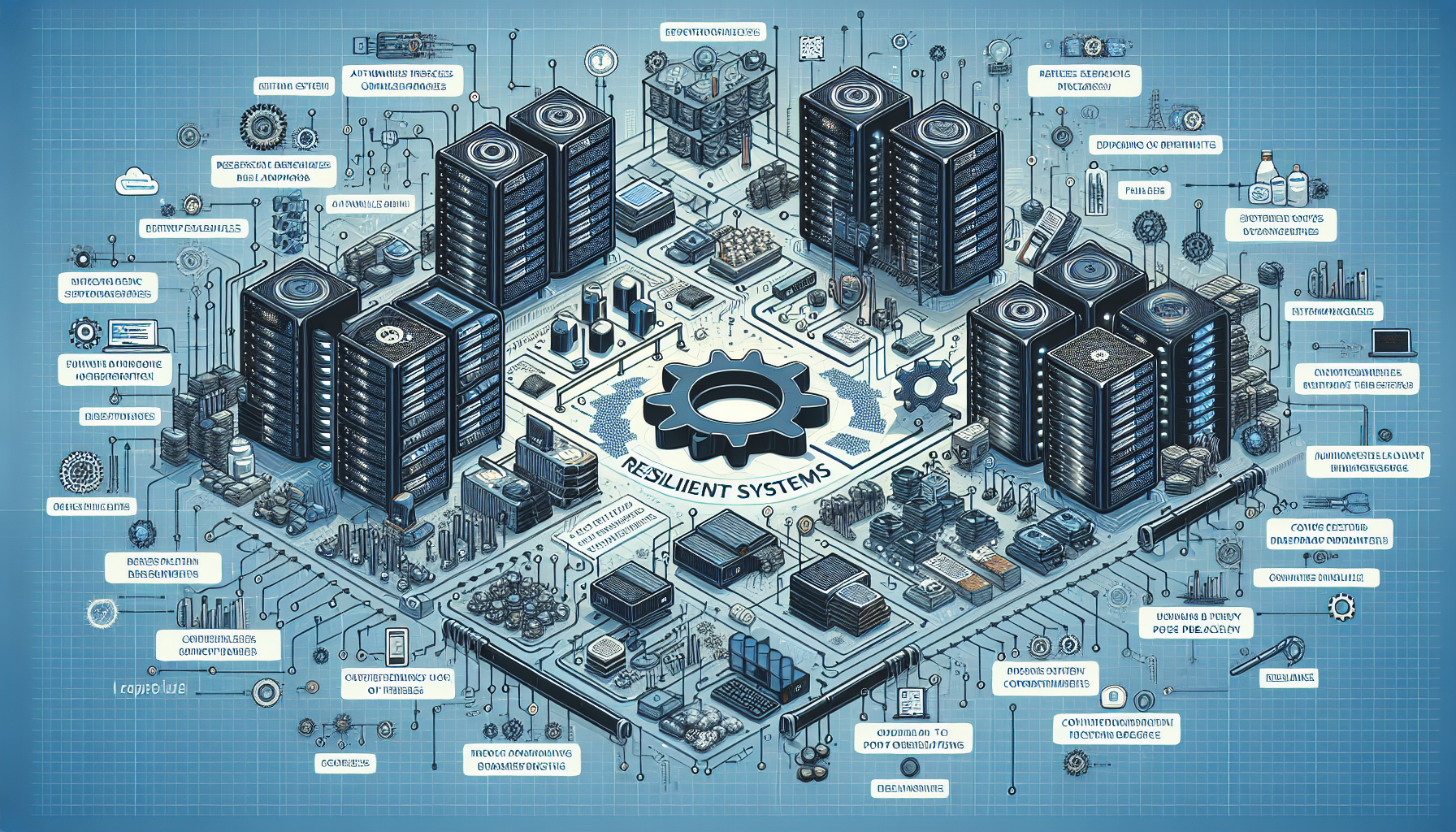Resilient Systems: How to Build Failure-Proof Applications with DevOps Practices
Building resilient systems is crucial in today’s dynamic and often unpredictable technological landscape. DevOps practices provide a framework for teams to collaborate better and automate processes, leading to more reliable and resilient applications. This blog post explores how resilient systems can be designed using DevOps principles and practices.
Understanding Resilience in Systems
Before diving into the specifics, it is essential to understand what makes a system ‘resilient’. Resilience in systems refers to their ability to anticipate, cope with, recover, and adapt from failures or disruptions efficiently.
Key Attributes of Resilience:
- Redundancy: Having backups or alternatives for every critical component.
- Robustness: Ability to maintain operations under stress.
- Recovery: Quick restoration capabilities after a setback.
- Adaptability: Capability to evolve with changing requirements and environments.
Implementing DevOps for Resilient Systems
The practice of DevOps can greatly enhance the resilience of systems by fostering rapid development, continuous integration, automated testing, and reliable deployment.
Continuous Integration and Continuous Deployment (CI/CD)
CI/CD is central to DevOps and a resilient system strategy:
-
Continuous Integration involves the regular merging of code changes into a central repository, followed by automatic builds and tests. This practice helps detect errors quickly.
-
Continuous Deployment ensures that every change that passes the automated tests can be automatically deployed to production. This accelerates the feedback loop and reduces the chances of major failures.
Infrastructure as Code (IaC)
With IaC, you can manage and provision infrastructure through code which is versioned and reviewed. This not only reduces the human error in manual processes but also ensures consistent environments from development to production.
- Example of IaC with Terraform:
provider "aws" {
region = "us-east-1"
}
resource "aws_instance" "example" {
ami = "ami-0c55b159cbfafe1f0"
instance_type = "t2.micro"
}
Monitoring and Logging
Effective monitoring and logging are vital for understanding system behavior and swiftly reacting to issues:
- Implement tools like Prometheus for monitoring metrics and Grafana for visualizing them.
- Use Elasticsearch, Logstash, and Kibana (ELK) for handling logs.
Automating Failover and Recovery
Automated failover and recovery increase a system’s uptime by ensuring it can quickly adapt to failures:
-
Auto-scaling: Systems can automatically scale resources based on demand, preventing downtime during load spikes.
-
Backup and disaster recovery strategies: Automate your backup processes and test your recovery procedure regularly.
Conclusion
Building resilient systems is more attainable than ever with DevOps practices. By integrating CI/CD, IaC, proactive monitoring, and robust failover mechanisms, organizations can create applications that not only stand the test of time but also adapt and thrive in the face of challenges.




